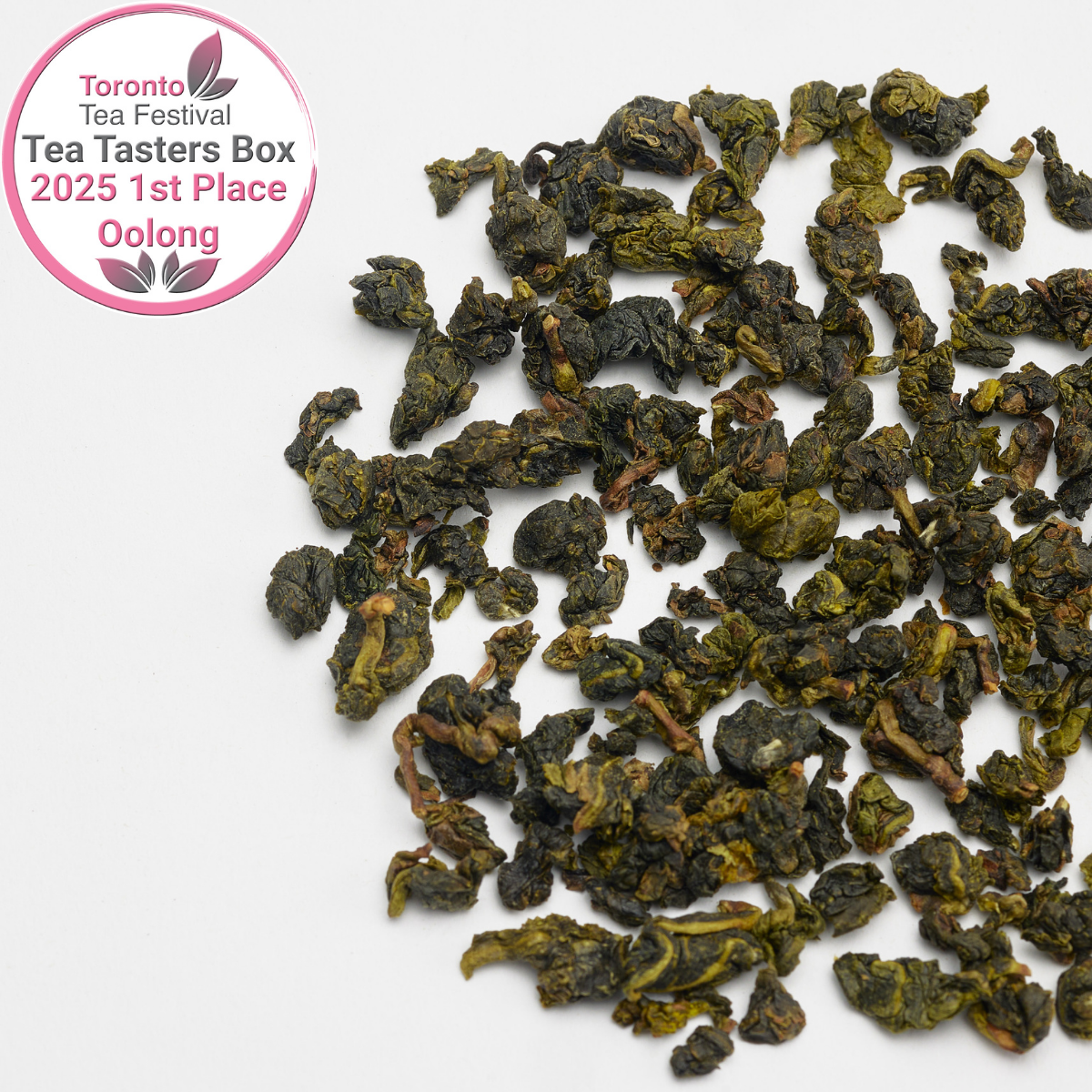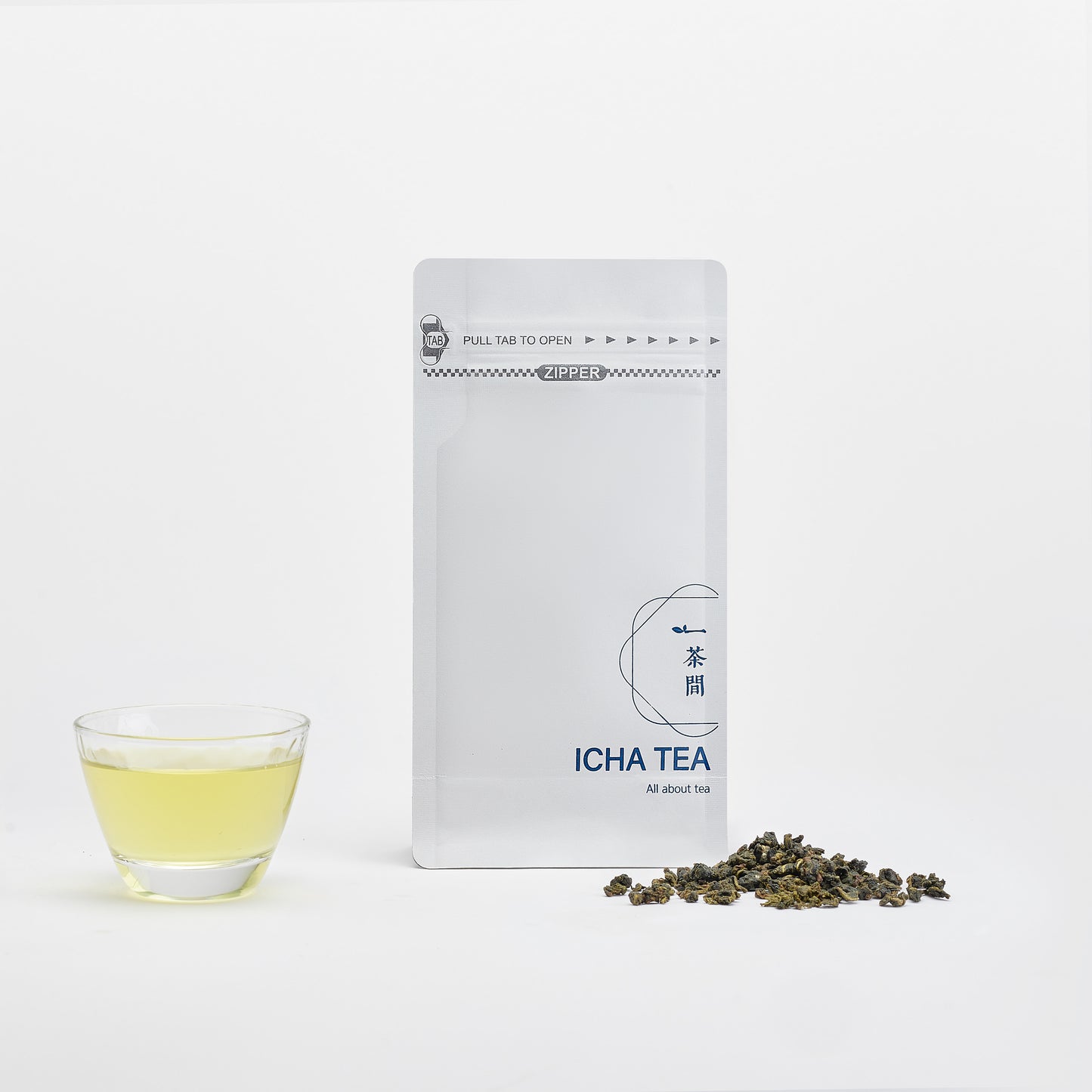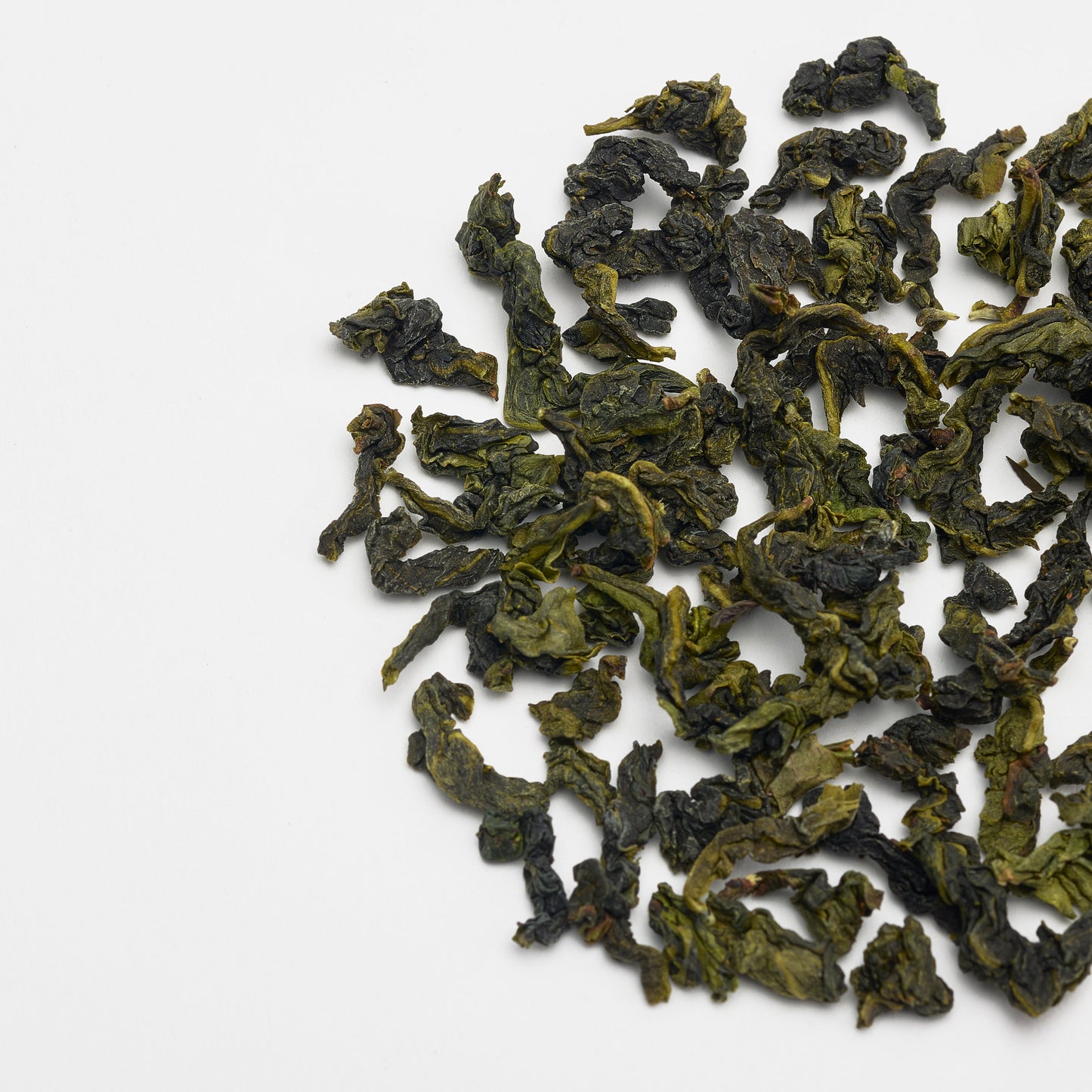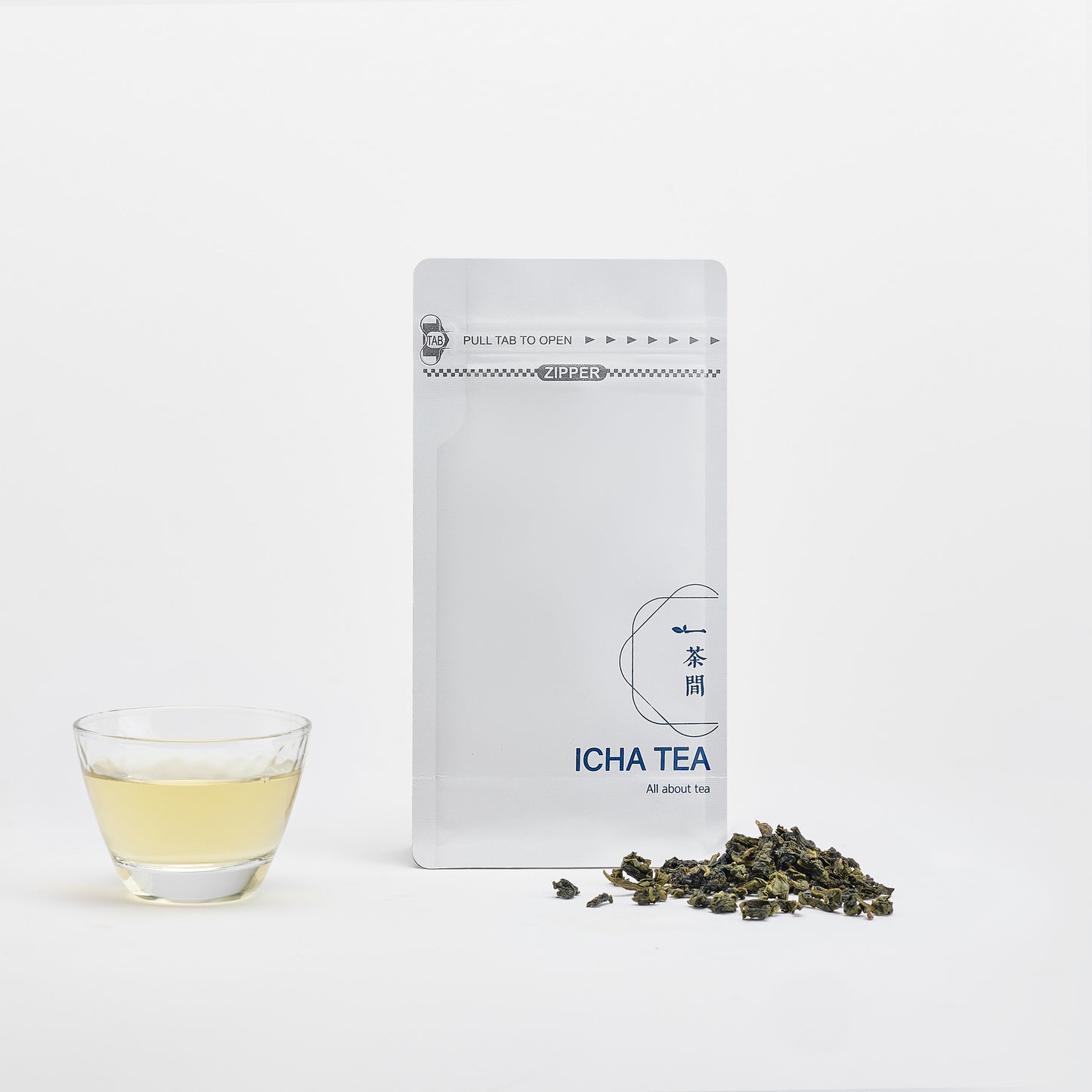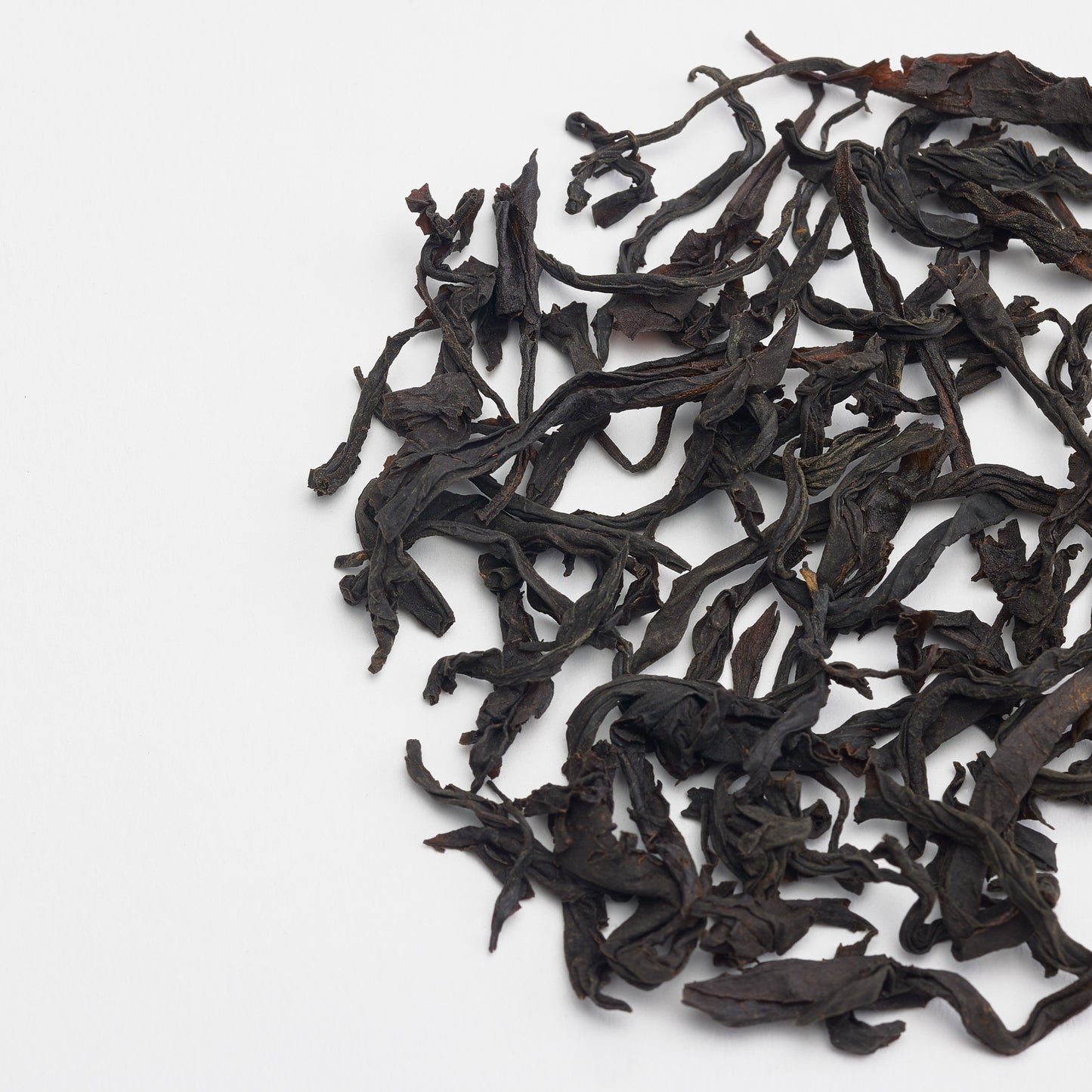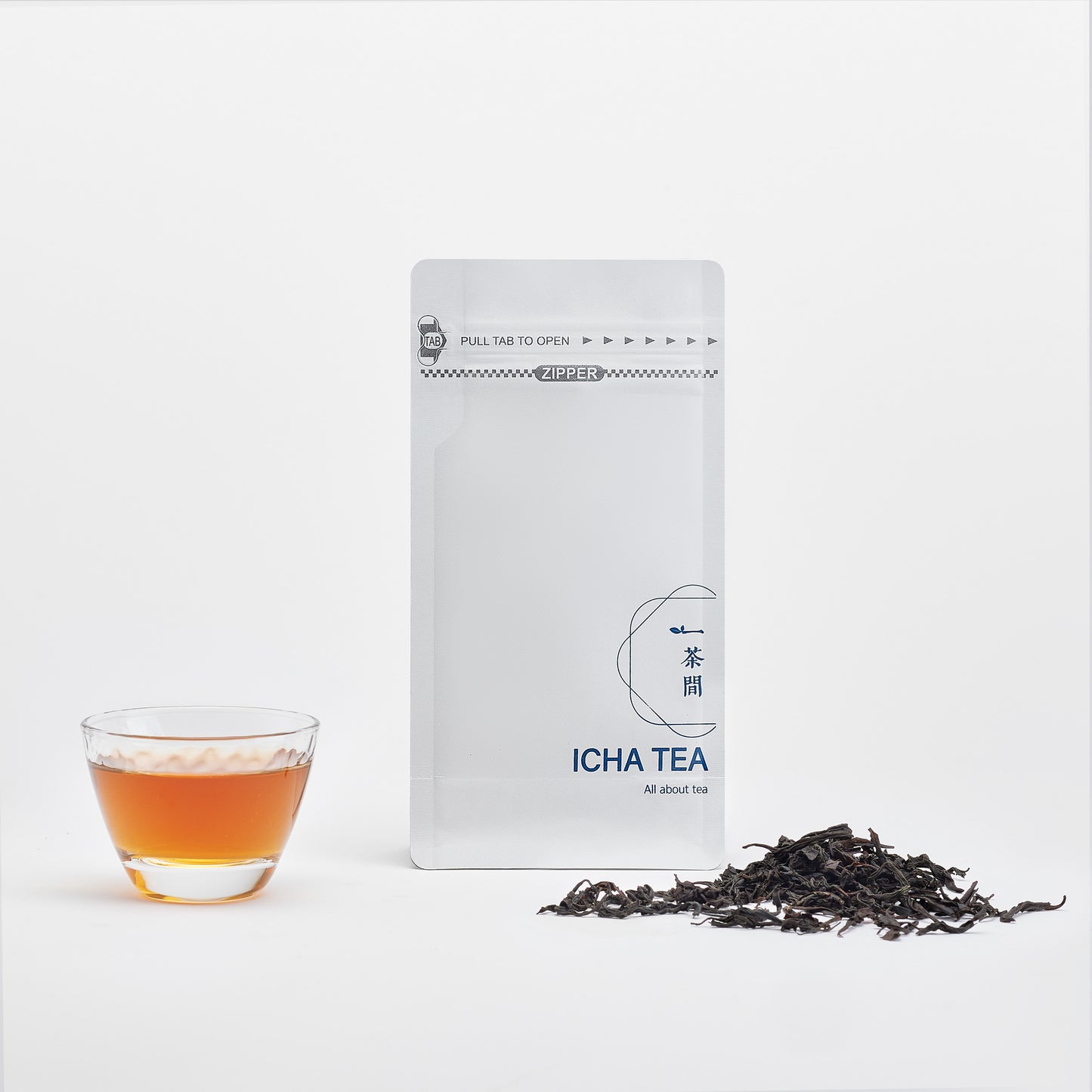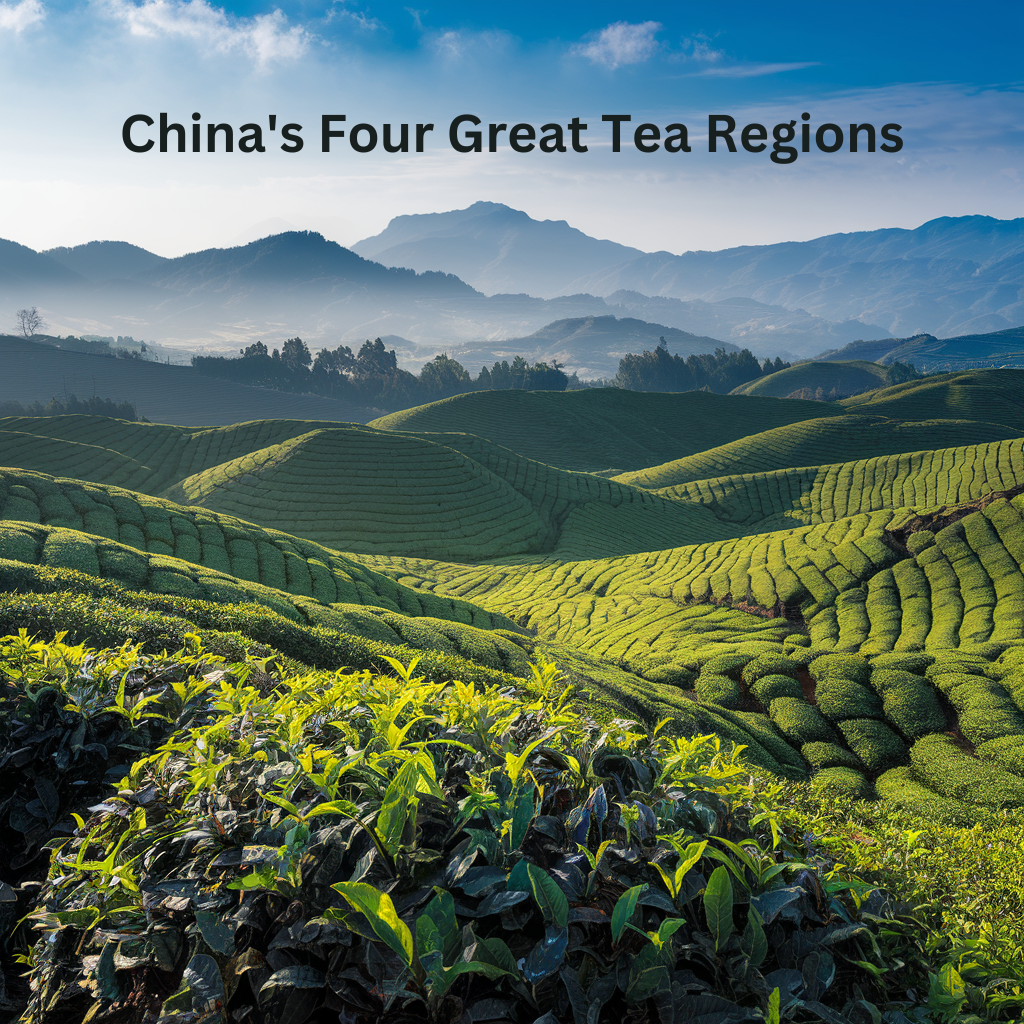
A Geographic Journey Through the Humble Tea Leaf
China, the birthplace of tea culture, produces some of the world's finest teas across four distinct geographical regions. China is much bigger than most people realize and as a result, each area has something unique to offer. The Northern region is very distinct from the South in terms of soil conditions, social norms, language dialects and culinary traditions. This is mirrored by the differences between Western and Eastern China, where the presence of mountains and coastlines creates distinctive tea varieties that have captivated tea enthusiasts for centuries.

The Ancient Southwest - Xinan Region
The Xinan region, encompassing Yunnan, Sichuan, Guizhou, and parts of Tibet, stands as the historical cradle of tea cultivation. Here, amid mist-covered mountains and ancient forests, the tea plant (Camellia sinensis) first grew wild before cultivation began thousands of years ago. This region can be called the birthplace of tea trees and it is believed that Yunnan has the oldest tea trees in existence.
The region's diverse landscape and moderate climate make it ideal for producing unique teas, most notably Pu-erh. This fermented tea, prized by collectors worldwide, develops complex flavours through aging, similar to fine wine. The region's ancient Tea Horse Road once served as a vital trade route, spreading tea culture throughout Asia.
(The delicate flavours of fermented Pu-erh tea can develop for 30 years or more!)
Traditional processing methods still dominate in Xinan, particularly in Yunnan's ancient tea gardens where some trees are hundreds of years old. The region's tea farmers often work with wild or semi-wild tea trees rather than cultivated bushes, producing teas with distinctive characteristics. Climate variation between mountain and valley areas creates microclimates ideal for different tea varieties. The famous Yunnan Gold black tea, known in China as Dian Hong variety, exemplifies the region's ability to produce exceptional teas. It is highly prized for its honey-like sweetness and abundance of golden tips.
ICHA TEA's Yunnan Dian Hong is grown at 1000 meters above sea level:
The Subtropical South - Huanan Region
In Guangxi, Guangdong, Fujian, and Hainan provinces, the Huanan region's warm, humid climate enables tea production nearly year-round. This area particularly excels in producing oxidized teas, creating some of China's most celebrated oolongs. Oolong teas are partially oxidized, they fall somewhere between green tea and black tea. Black tea is considered fully oxidized and green tea is lightly oxidized with oolong in the middle. The flavour profile of oolong tea is smoother, less astringent and gives rise to rich complexity. Depending on the length of oxidation (big range between 10% and 85%) and depending on the style of production, oolong teas can vary a great deal in terms of appearance and taste.
(The chameleon of the tea world, Oolong Tea can taste light and floral or deep and roasted)
The legendary Da Hong Pao from Fujian's Wuyi Mountains represents this region's pinnacle of tea crafting. These misty mountains, with their unique soil composition, produce teas of exceptional quality that command remarkable prices in the global market. This tea is also known as "Big Red Robe" and has a distinct roasted flavour with hints of caramel and honey. You can try a small 5g sample of Da Hong Pao "Big Red Robe" to see what all the fuss is about!
The region's tea masters have perfected complex processing techniques over generations, particularly for oolong production. Each step requires precise timing and expert judgment, from withering and oxidation to the crucial roasting phase. Tea production is a special skill. It is somewhat trapped in time since many of the steps involved in tea production are untouched. Modern equipment has seen advances, but the basics are still the same process established by Chinese ancestors thousands of years ago.

Exceptional tea production cannot be mastered through books but through decades of apprenticeship under a tea master. The secrets are usually passed down from Father to Son and kept within tea families. The method of passing down the "tea secrets" and traditions is taught by feel and repeated exposure to each step under the direct supervision of a tea master.
The area's rocky soil, especially in the Wuyi Mountains, imparts a distinctive mineral quality known as "yan yun" to the teas. Huanan also produces exceptional black teas, including the smoky Lapsang Souchong, first created in the pine-forested mountains of Fujian.
The Yangtze Basin - Jiangnan Region
Jiangnan, China's most productive tea region, stretches along the Yangtze River's middle and lower reaches. This area, including Zhejiang, Jiangxi, and parts of several other provinces, produces roughly two-thirds of China's tea output. It's safe to say this area is China's tea powerhouse when it comes to total tea production.
Famous for both green and black teas, Jiangnan benefits from distinct seasons and optimal rainfall. The region produces the renowned Longjing green tea from Hangzhou and smoky Keemun black tea from Qimen, both considered among China's finest teas.
Modern tea production in Jiangnan balances traditional methods with innovative techniques. The region's tea farms range from small family operations to larger estates, each maintaining strict quality standards. Spring harvests are particularly prized, with tea pickers selecting only the finest buds and leaves during the brief peak season. The region's prosperity has enabled investment in research and development, leading to improvements in cultivation methods while preserving traditional processing techniques.
The Northern Frontier - Jiangbei Region
Jiangbei, China's northernmost tea region, demonstrates how challenging conditions can create exceptional teas. Despite shorter growing seasons, the slow growth of tea plants in this cooler climate results in leaves with distinctive sweetness and complexity.
The region specializes in green teas, particularly varieties made from smaller leaves that can withstand the harsher climate. Notable examples include the historic Lu'an Melon Seed tea and the prized Xinyang Maojian.
The challenging northern climate has fostered innovation in tea cultivation. Farmers have developed specialized techniques to protect tea plants during cold winters, including traditional methods of soil management and modern greenhouse technologies. The shorter growing season intensifies the spring harvest's importance, with the entire year's production often depending on a few crucial weeks. This concentration of effort results in teas with remarkable clarity of flavour and aromatic qualities unique to northern cultivation.



